Understanding the Leonids: History, Science, and Observing Tips for 2025
Each year, in November, the night sky lights up with a fascinating celestial spectacle: the Leonids meteor shower. In 2025, this event promises particularly favorable observing conditions. Let us explore together the origin of this phenomenon, its rich history, and how best to enjoy it this year.
\nThe origin of the Leonids: Comet Tempel-Tuttle
\nThe Leonids take their name from the constellation Leo, from which the meteors appear to originate. However, their true source is the periodic comet 55P/Tempel-Tuttle. Discovered independently by Wilhelm Tempel in 1865 and Horace Tuttle in 1866, this comet orbits the Sun every 33 years. As it passes, it leaves behind a trail of debris. When Earth passes through this cloud of particles, they enter our atmosphere at an astonishing speed of 71 km/s, igniting and creating the bright trails we observe as shooting stars.
\nThe Leonids in 2025: dates and observing conditions
\nIn 2025, the Leonids meteor shower will be active from November 6 to 30, with a peak expected on the night of November 16–17. Forecasts estimate a rate of about 10 to 15 meteors per hour under dark skies. This year, observing conditions will be particularly favorable thanks to a waning Moon, the new Moon taking place on November 20. Thus, the low lunar illumination will allow better visibility of the meteors.
\nA historical look at Leonid meteor storms
\nThe Leonids are famous for their spectacular meteor storms. One of the most memorable occurred in 1833, when thousands of meteors illuminated the sky, evoking awe and sometimes fear among observers. In 1966, another impressive storm was observed, with rates estimated at several thousand meteors per hour. These exceptional events typically occur when the Tempel-Tuttle comet is near its perihelion, i.e., its closest approach to the Sun.
\nTips for observing the Leonids in 2025
\nTo maximize your Leonid observing experience this year, here are a few recommendations:
\n- \n
- \n
Choose a dark location : Move away from urban lights to reduce light pollution.
\n \n - \n
Prepare warm clothing : November nights can be chilly.
\n \n - \n
Be patient : Lie down comfortably, let your eyes adapt to the dark for at least 20 minutes, and observe the sky as a whole.
\n \n - \n
Best time : The hours after midnight until dawn are ideal, when the Leo constellation is high in the sky.
\n \n
By following these tips, you will increase your chances of fully enjoying the Leonids spectacle in 2025.
\nConclusion
\nThe Leonids of November 2025 offer an exceptional opportunity to observe a meteor shower under optimal conditions. By understanding their origin and preparing adequately, everyone can experience an unforgettable night under the starry sky. Whether you are an amateur astronomer or simply curious about the wonders of the universe, don\'t miss this celestial rendezvous.
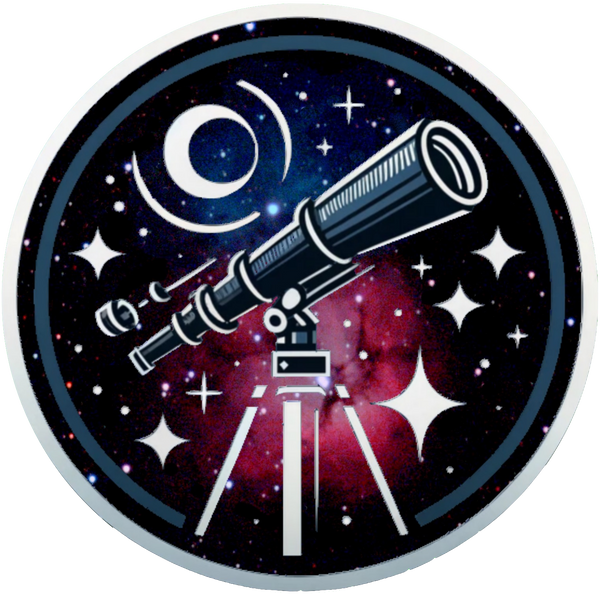
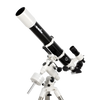 All
All
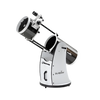 Dobson
Dobson
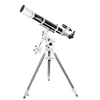 Refractors
Refractors
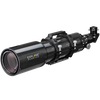 Ed & Apochromates
Ed & Apochromates
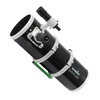 Newtonian reflector
Newtonian reflector
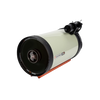 Schmidt Cassegrain
Schmidt Cassegrain
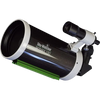 Maksutov-Cassegrain
Maksutov-Cassegrain
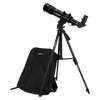 Solar
Solar
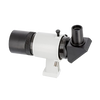 Researcher
Researcher
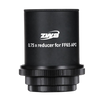 Focal reducer
Focal reducer
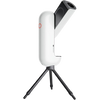 Intelligent
Intelligent
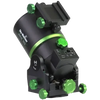 All
All
 Equatorial
Equatorial
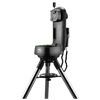 Alt/Az
Alt/Az
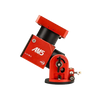 Harmonic
Harmonic
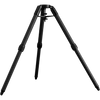 Tripods
Tripods
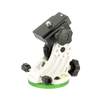 Accessories
Accessories
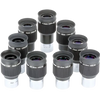 All
All
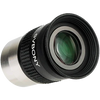 Wide angle
Wide angle
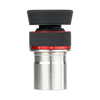 Zoom eyepieces
Zoom eyepieces
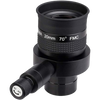 Reticulated eyepieces
Reticulated eyepieces
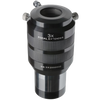 Barlow
Barlow
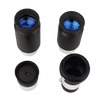 Plössl
Plössl
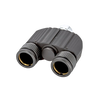 Binoculars
Binoculars
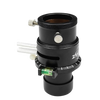 Atmospheric Corrector
Atmospheric Corrector
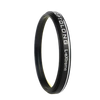 All
All
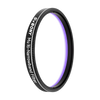 Visual
Visual
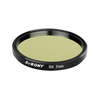 Photo
Photo
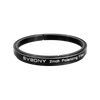 Polarisants
Polarisants
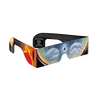 Solar Filters
Solar Filters
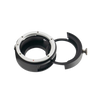 Accessories
Accessories
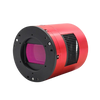 All
All
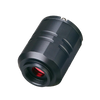 Color Cameras
Color Cameras
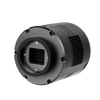 Monochrome Cameras
Monochrome Cameras
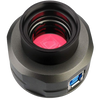 Planetary/Guiding
Planetary/Guiding
 Objectives
Objectives
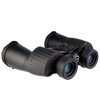 All
All
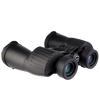 Binoculars
Binoculars
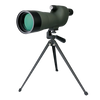 Spotting Scope and Monocular
Spotting Scope and Monocular
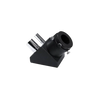 Elbows
Elbows
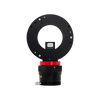 Optical Divider
Optical Divider
 Mirrors
Mirrors
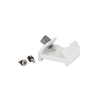 All
All
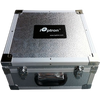 Bags and protections
Bags and protections
 Supports and counterweights,
Supports and counterweights,
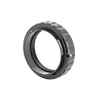 Camera adapters
Camera adapters
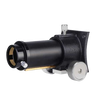 Focuser
Focuser
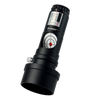 Collimation
Collimation
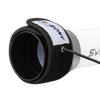 Heating band
Heating band
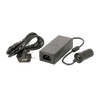 Cables
Cables
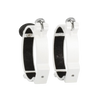 Collars
Collars
 Computers
Computers
 Fans
Fans
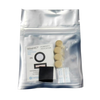 Others
Others
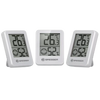 All
All
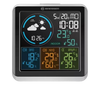 Weather Station
Weather Station
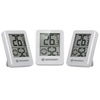 Thermometer
Thermometer
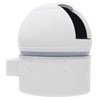 All
All
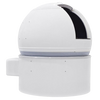 Observatory/Domes
Observatory/Domes
 Accessories
Accessories
 Askar
Askar
 Baader
Baader
 Bresser
Bresser
 Celestron
Celestron
 Explore Scientific
Explore Scientific
 GSO
GSO
 Optolong
Optolong
 Touptek
Touptek
 Vixen
Vixen
 ZWO
ZWO